|
I recently treated myself to a double bill of The Angelic Conversation (1985) and Mirror (1975). I don't think any programmers have paired these two films before, but they resonate with each other, lyrically and visually, as well as offering divergent approaches to art based film making. Both were viewed on a computer screen, with the Jarman film rented online. However this screening of one film after the other was an act of homage to my golden age of cinema going as a teenager in the 1980s. After wee nippering at the ABC Edgware Road, I gravitated to the flea pit circuit that took in the posh Everyman at Hampstead and the grungy Scala at Kings Cross. During this period you could watch double or triple bill features in memorable combinations designed to shock and awe: The Exorcist riding on the back of Enter The Dragon; Terror followed by Savage Weekend (the rediscovered memory of Terror would inspire an arts project called The Melodramatic Elephant in the Haunted Castle); Fassbinder double bills; and, not for the faint-hearted, a starter, main course and dessert of Pasolini films. Also, certain films that should not have been coupled, such as the groundbreaking In The Realm of the Senses (Ai no corrida). I’ve just looked over some calendars from the mid 1980s and was surprised to see how much film I was ingesting. There may have been a limited amount of TV channels in those pre-satellite days, but there was no shortage of films. Auntie Beeb and new kid on the block, Channel 4, had a public monopoly access to the film market. VHS was established and DVD was on the horizon. But to be able to see what your heart and soul desired, necessitated a trip to the picture house. It’s good to see there are plans afoot to design a Scala book, as the cinema produced lovely posters listing their monthly features. I usually hoard memorabilia, so I can’t account for the fact that I don’t have a single calendar month from my membership of the Scala. Perhaps it might surprise you to hear that I really can’t watch films anymore. I rarely go to the cinema. When you are in the business of producing art, there seems to be little time and perhaps inclination for seeking out art in your down time. Maybe it was also studying Film and Literature at the University of Warwick for 3 years and the celluloid feast we had as students, watching each film twice for close textual and semiotic analysis and which also included us projecting the 16mm prints sent up from the BFI. After ingestion, overdose?
While I had an eclectic taste, enjoying the classic narrative joys and happy endings of Hollywood cinema, it was the European art house movies that really tickled my fancy; although they did on occasion stretch your patience; the 317 minute cut of Bertolucci's 1900 seen at the Curzon Bloomsbury springs to mind. In the 1980’s, the work of two artists shaped my aesthetic outlook and personality: Derek Jarman’s gay-punk sensibility that pricked the constricting norms of Thatcherite society; and Andrei Tarkovsky’s metaphysical exploration of memory and haunting use of landscapes.
I had to write an essay to get into Warwick University (in addition to A level grades AAB and a medical examination!) That essay was on Derek Jarman’s The Angelic Conversation which I saw on both the cinema and TV in 1985. The film was a jittery and sensual evocation of Shakespeare’s Sonnets as read by Judi Dench. It was set in a timeless landscape of grainy, every changing palettes of muted colours that condemned men to drift and brood and lock horns in the slow-motion ritual of love and sex. The Sonnets themselves have an enigmatic quality that has divided scholars; the first 126 addressed to a man and the last 28 to the dark woman.
Abbey Fields, Kenilworth 1989
As a young man, dressed in my 1940’s suits, I seemed to wander in and out of both Jarman’s and Tarkovsky’s filmic landscape. I even had a dramatic film, This-That, inspired by my personae and made by fellow student and dear friend, Jacob Barua. That film was recently digitally remastered and there are plans for a sequel that updates the character into the 21st century. I better watch these spaces. After Warwick, I attempted to forge a part-time career as a stills photographer and eventually made it behind the film camera. Apart from several minor juvenilia works, my first real directorial effort was Flood light (2010). This was made for InTRANSIT festival of arts and I made a connection with the V&A Museum, later becoming one of their artists in residence. Although it wasn’t consciously conceived of as such, this film employed the strategies of what we might term the art film. The film used dialectical montage rhythms around the Grand Union Canal and the elevated road in the sky, Westway (A40). It fused together autobiographical elements (school books, carpentry tools), archive photos and film from the 60s and used period locations at the V&A to meditate backwards and forwards in time. There was no narrative drive or dialogue to guide the viewer in interpreting this stream of visual consciousness. A dripping soundtrack connected up images from beginning to end. It was a film about my urban identity in North Kensington. How I was able to intellectually and emotionally connect with water and concrete built environment. It is a film that has been aptly screened under elevated motorway roads in East and West London and in the Whitechapel Gallery. It has all the sins of a first film, but is probably my best work thus far.
Poster for Flood Light, 2010
In addition to making films, i have also curated film programmes and these have been useful platforms to support other emerging filmmakers. These are not exactly double or triple bills, but short films screened one after another and all inter-related on a specific theme. Flood Light was screened as part of a programme in which I invited other film makers to journey with me across the landscape of North Kensington. Local residents were also supplied with film cameras and edited their films at the V&A's Sackler Centre for Education. A panel from the V&A, Westway Development Trust, British Waterways and RBKC Arts selected the Best Film submitted for Flood Light and this was Intersections by Rickster. Henrietta Ross from British Waterways commented on this film: "I was very impressed by this. I thought the format worked really well conveying a great sense of movement. The sense of a journey was represented well, as was the great variety of activity going on around the location and the varied perspectives the location offers on West London life. I thought the different views were matched really effectively with a great eye for detail. The combination of colour, movement, stillness, nature and community activity was really engaging." It was also a pleasure to see an early film from film maker Azeem Mustafa who has since gone on to specialise in martial arts film. Simona Piantieri has also subsequently produced exceptional work. I particularly like the documentary film she made with Michele D'Acosta called A House Beautiful (2017). I followed up Flood Light with another curated programme called West Ten Fade Out (2013). This was able to showcase the film making talents of Dee Harding and Sandra Crisp. When I was the V&A Community Artist in residence based at Silchester Estate, I put together another selection of short films called Home Sweet Home (2014) around the issue of housing and domesticity. I particularly like sourcing archive films and using extracts that provide ironic or amusing contrast in the programme. I used two such extracts in Home Sweet Home and they are animated films from the Wellcome Collection. The Five (1970) is by Halas & Batchelor and opens with a young girl coming home from a party and going to bed; but her pooped toes take on a life of their own. The opening 7 minutes of Full Circle (1974) has exquisite art and animation by Charles Goetz that shows the development of city living and the possibility of over-population in the future leading to the collapse of civilised life. I have also tried to use film to connect residents with the history and social issues in the area in which they live. One example was a free screening I arranged of Leo The Last at the Gate Cinema in 2015. This was and is a profound film that connects with Lancaster West estate and Grenfell tower. I even wanted to screen this on Lancaster West estate for residents and the housing authority but circumstances conspired against that. The residents were locked in dispute with the Tenant Management Organisation over the Grenfell building works. I was commissioned by the TMO to make a short positive film of this regeneration taking into account the residents perspective. The film I delivered was a one hour long film completed in 2016 and called Lancaster West - The Forgotten Estate. It was based on the life stories of seven residents. This was not a straight forward documentary with people speaking to camera. It is voice over set against the architecture of the estate. Although that film was deemed not fit for purpose by the TMO and fell into a state of limbo, I know that it really bonded me with residents in the community who have since become good friends. Hopefully it will have a proper screening in the near future. I have other footage that is strictly reserved for the police investigation. It isn't a good feeling to have art work that is delicately tied to the tragic events of Grenfell. There is no awe, just the shock.
2015 Poster for programme of short films, including rough cut of Lancaster West - The Forgotten Estate
As I think of film, I draw and vice versa. I visualise films in my mind and these invariably start off as storyboard type drawings. The reality its that most films never get off the drawing board. But with the combination of drawing and writing, perhaps I can release some of that pressure cooker tension of being a multi media artist whose main aspiration is to make films. Let me conclude this blog by visualising a meeting of sorts between Derek Jarman and Andrei Tarkovsky on Hampstead Heath. Nothing is impossible in art and film. I need you to imagine that both are simultaneously drawn to the area for the making of a film.
Fade in.
A young man materialises out of the bushes, doing up his trouser belt, exhilarated, out of breath. A trickle of blood flows from his lips. Tarkovsky screams in Russian: cut, cut! The actor has wandered into the wrong film. A grounded helicopter rotor blade whips up a force of air onto the billowing grass and almost topples over the camera. Cut, cut. The production assistant rushes over to the helicopter. The timing is all wrong and aviation fuel is expensive. Tarkovsky curses under his breathe. Then looking at the bemused actor and the apologetic pilot, he starts to giggle and can’t stop giggling. The crew look at each other unsure whether to laugh. Tarkovsky motions for the actor to stand still and for the cinematographer to train the camera on him. Smiles all around and the actor looks up at the sky. It is a bright cloudless summer evening sky. A few rain drops start falling.
Cut to Jarman lining up his shot on the other edge of the heath, near a pond. He has torn up the script (that didn’t seem to be working) and is waiting for something to happen. His actors have got lost and a search party has been sent out. The rest of the crew have gone off for a tea break. A woman in her fifties dressed in a flowered dress walks into shot and sits on a log in the distance. She catches Jarman’s eye. He goes over and speaks to her. Hello, are you waiting for someone? She shakes her head in a combination of yes, no and don’t understand. He tries again. Would you like a cigarette? She nods and takes one. While lifting up the fag to his match, Jarman notices a raw burn mark on her wrist. Jarman wanders back to his camera. He zooms onto her. They hear the sound of a helicopter in the distance. She looks up in expectation. She appears to be acting. Jarman thinks she looks Eastern European, maybe Polish or Russian. He starts filming her as she turns her gaze to the pond and the gentle ripples on its surface formed by the wind.
Fade out.
0 Comments
Leave a Reply. |
Categories
All
Archives
May 2024
|
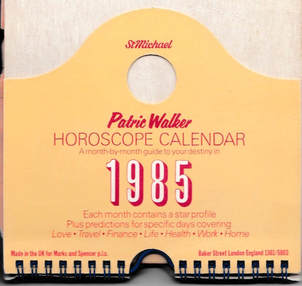
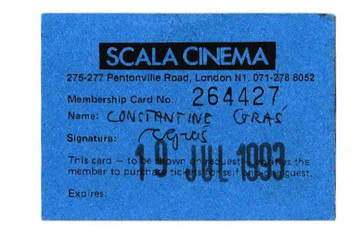
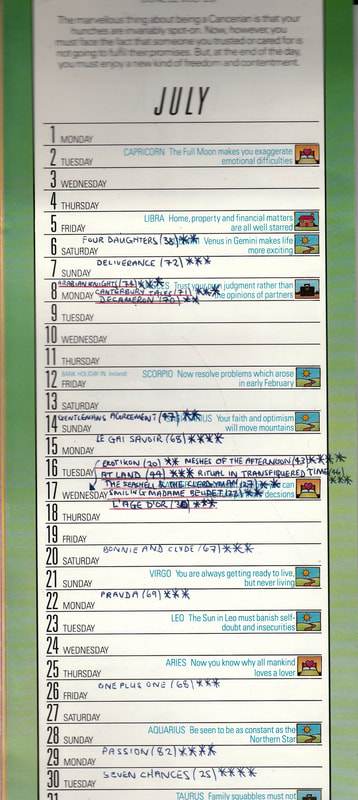
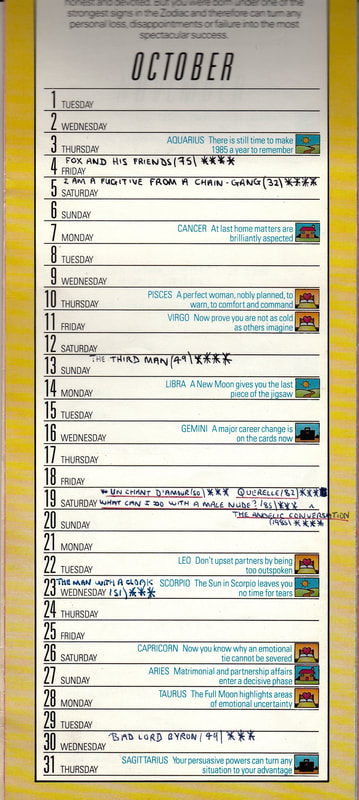
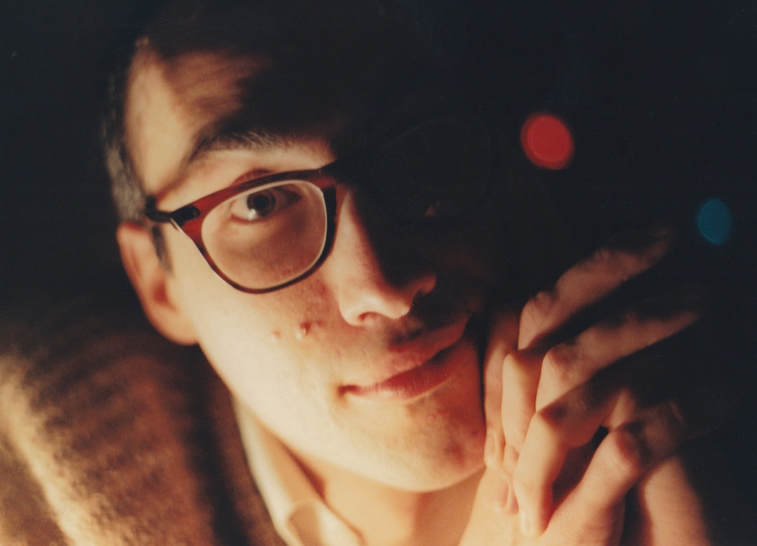
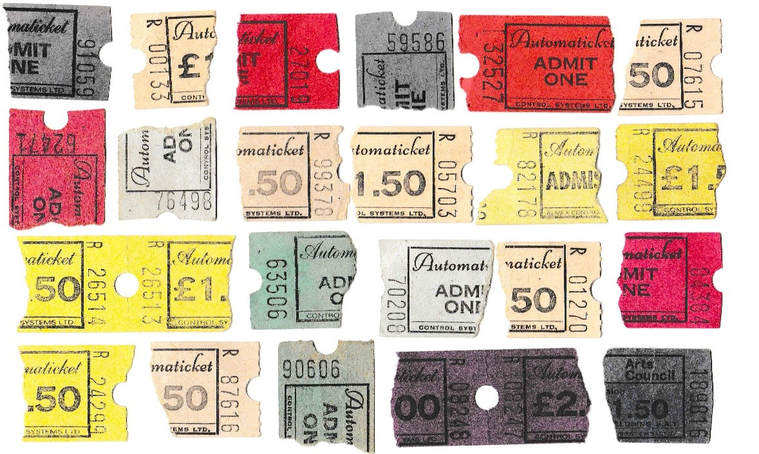
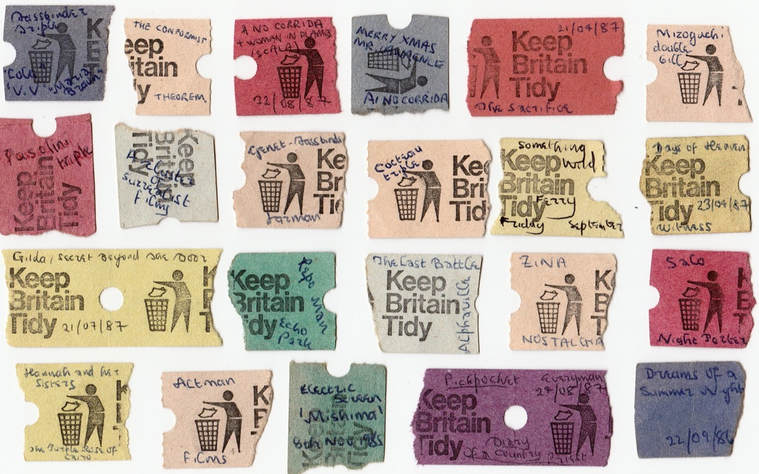
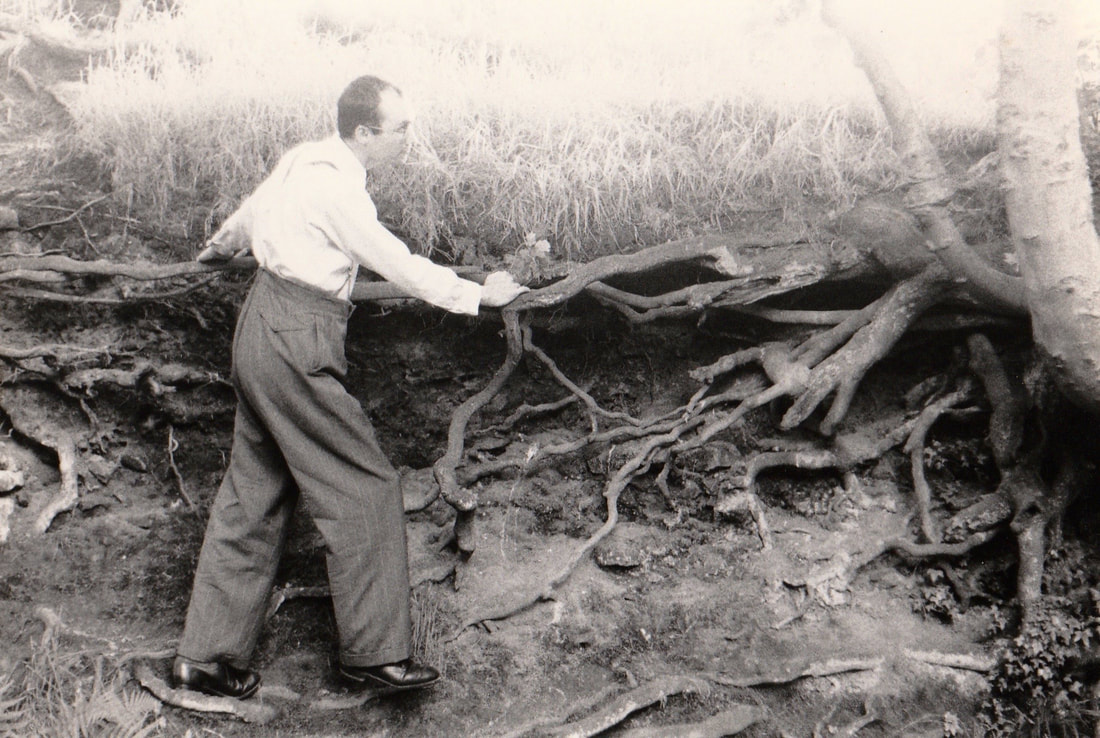
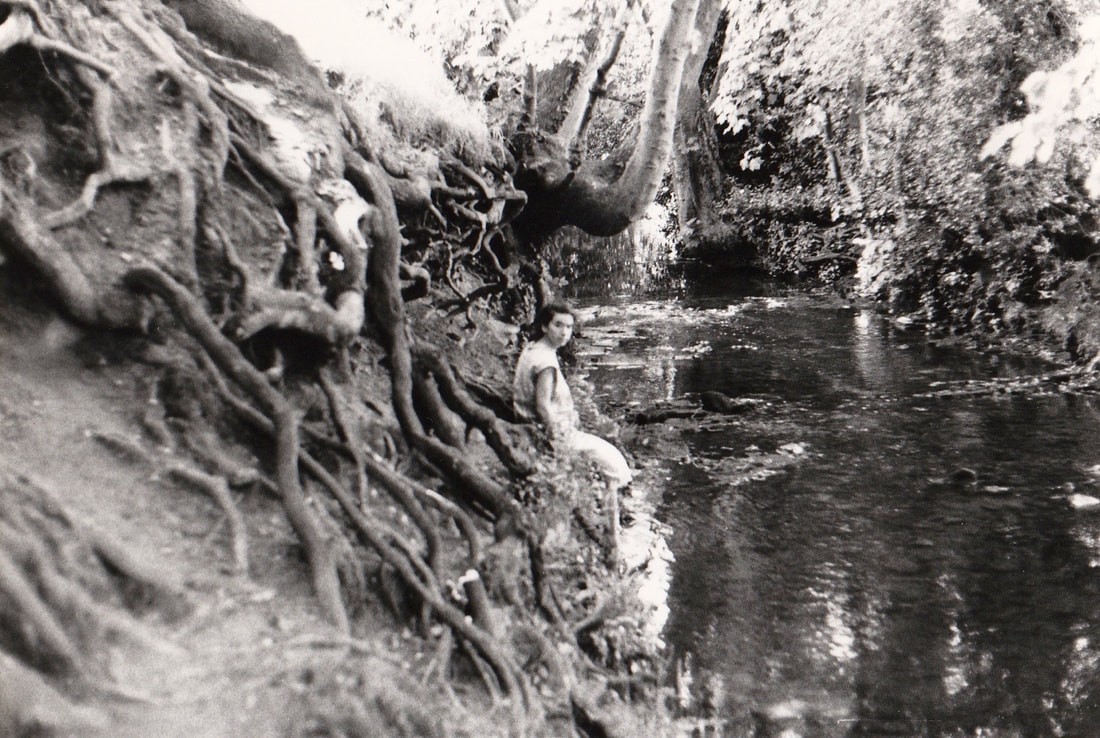
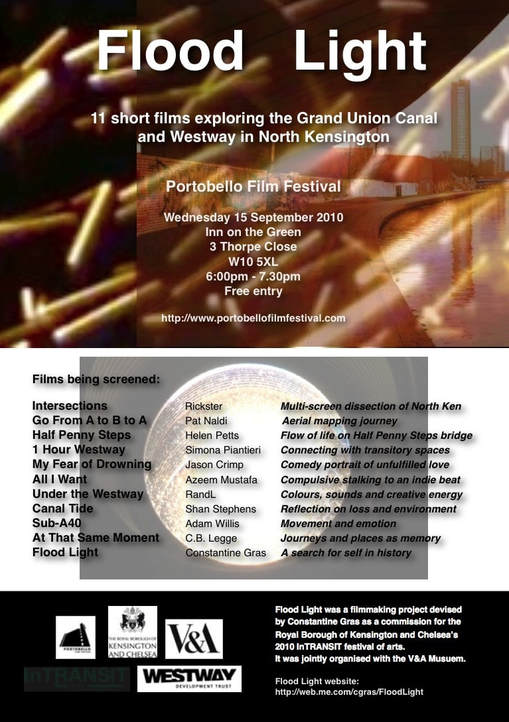
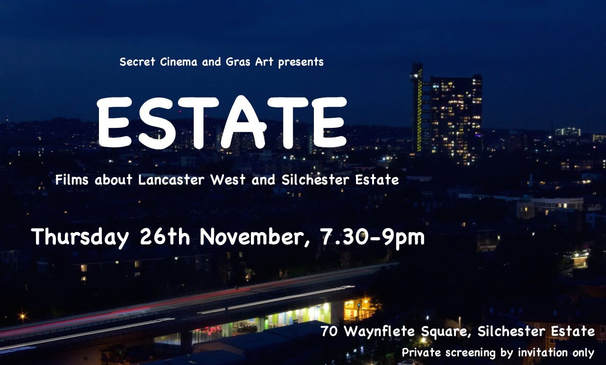
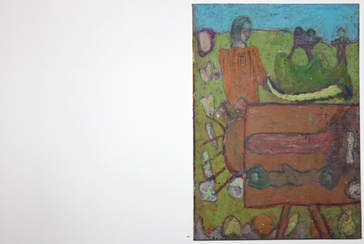
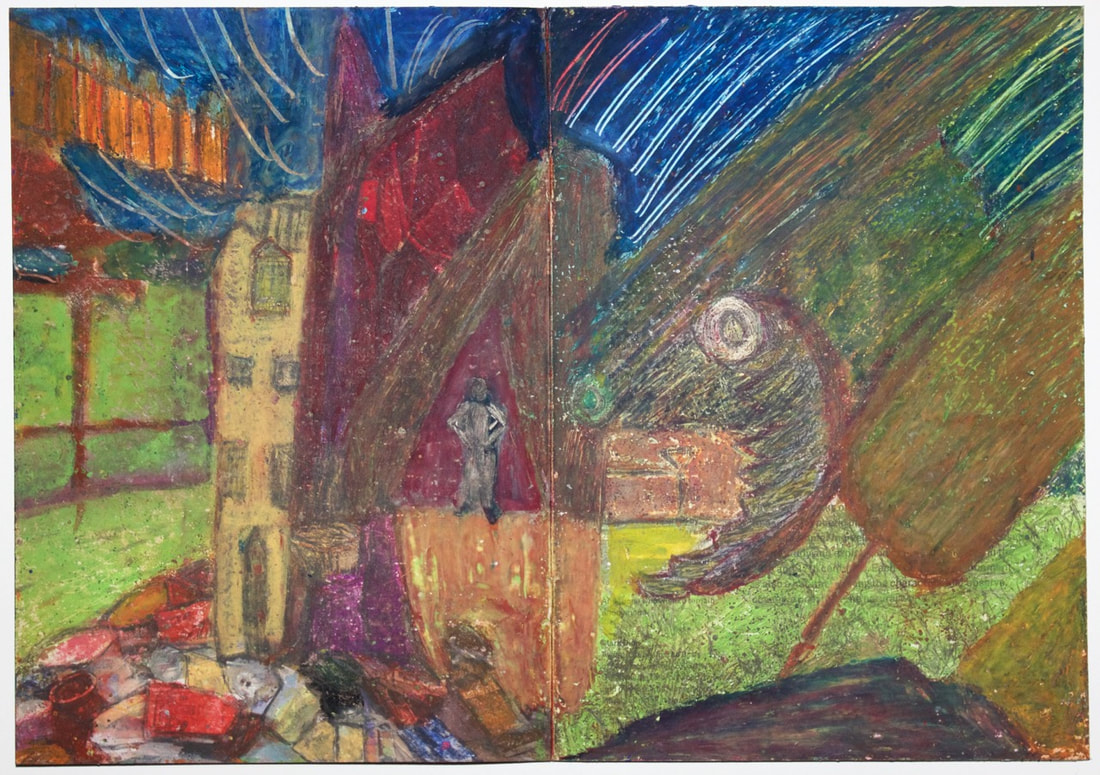
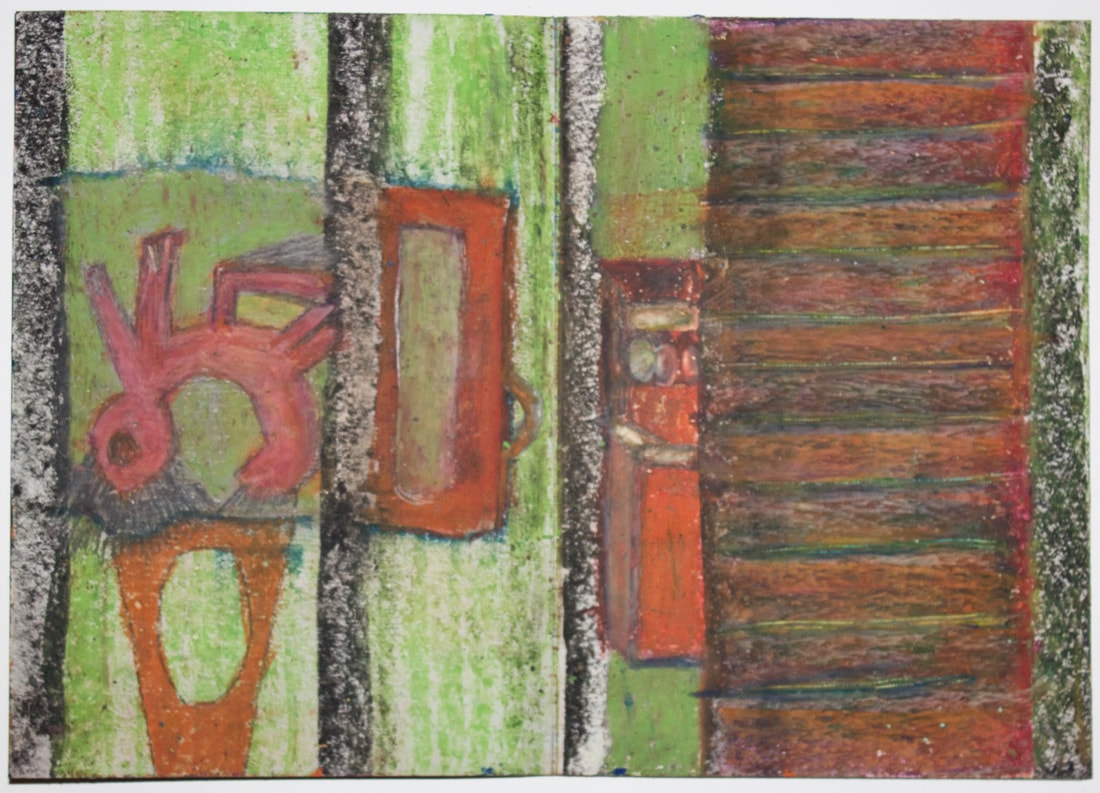
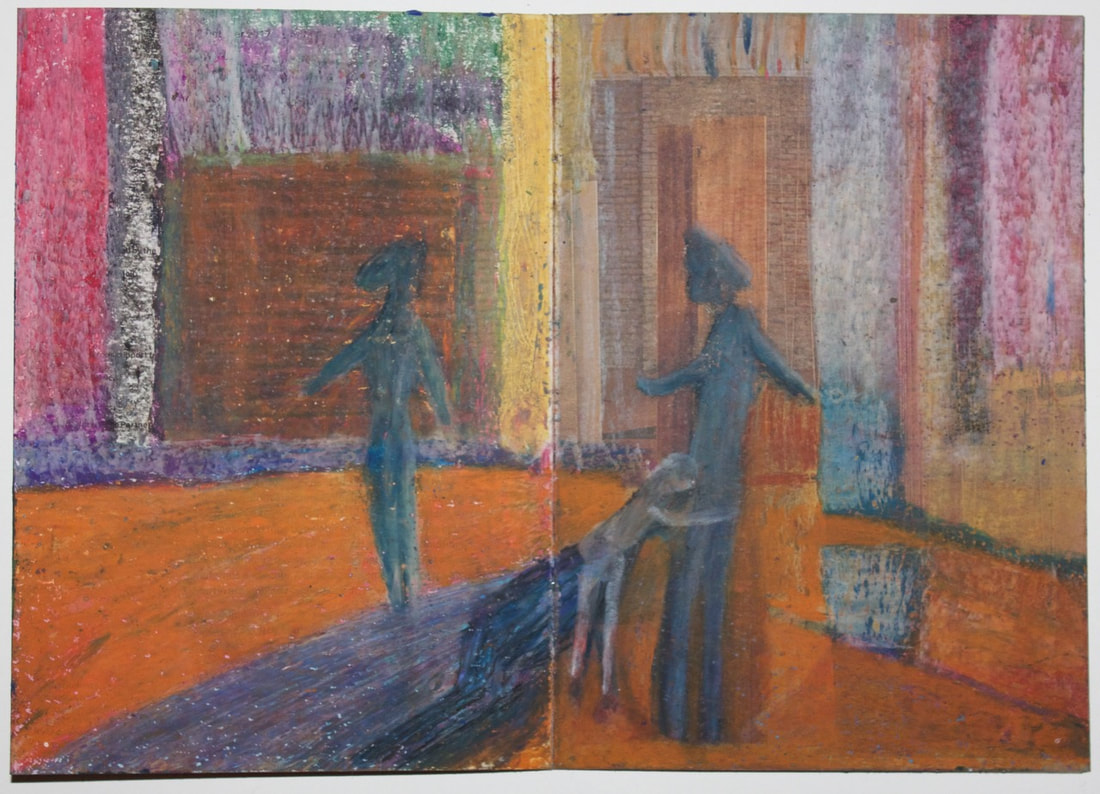
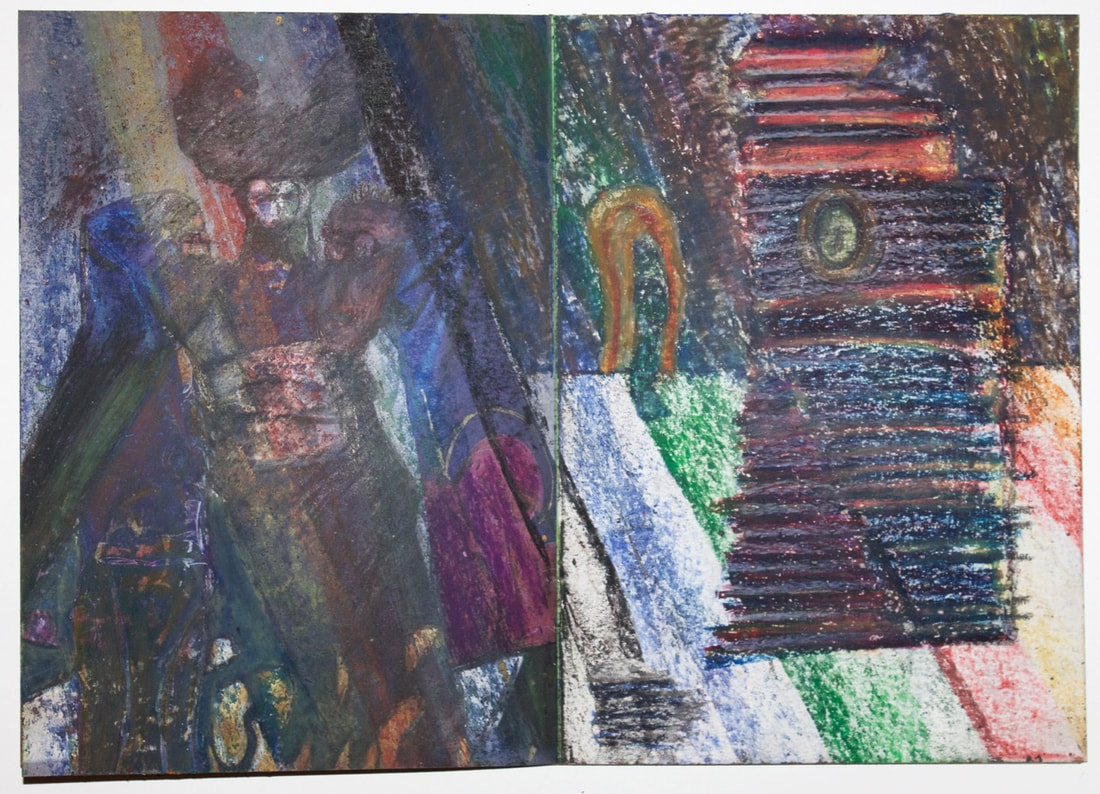
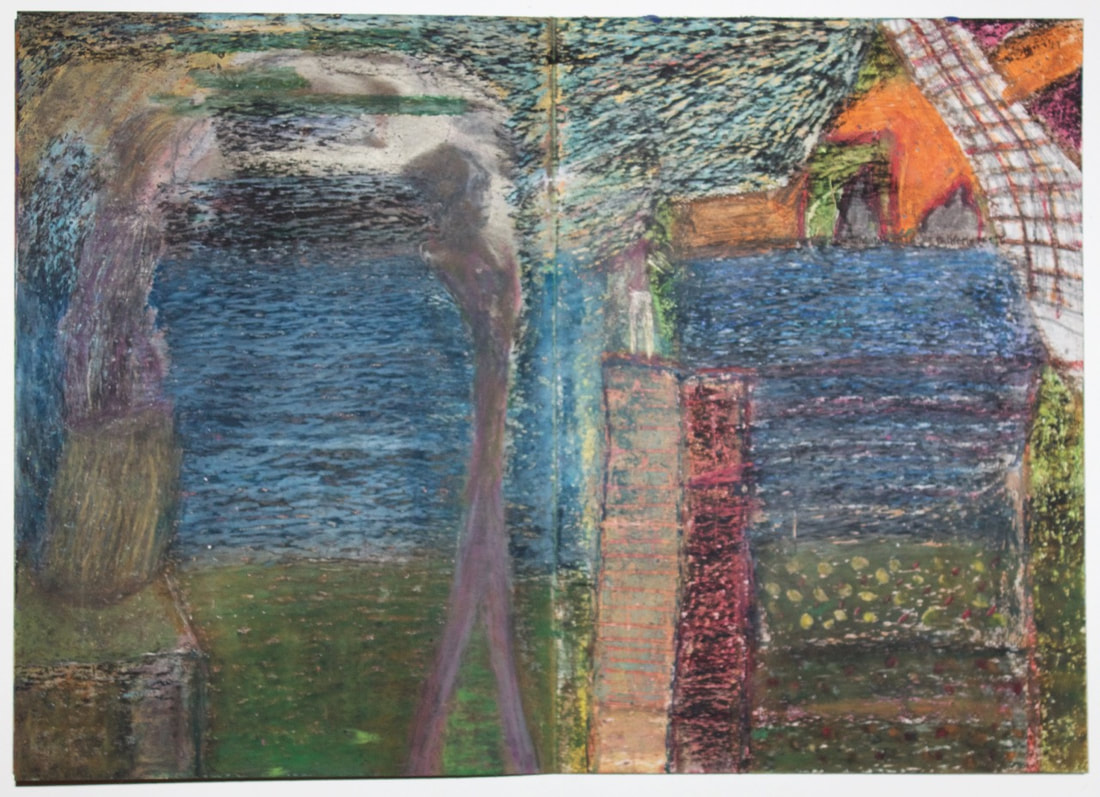
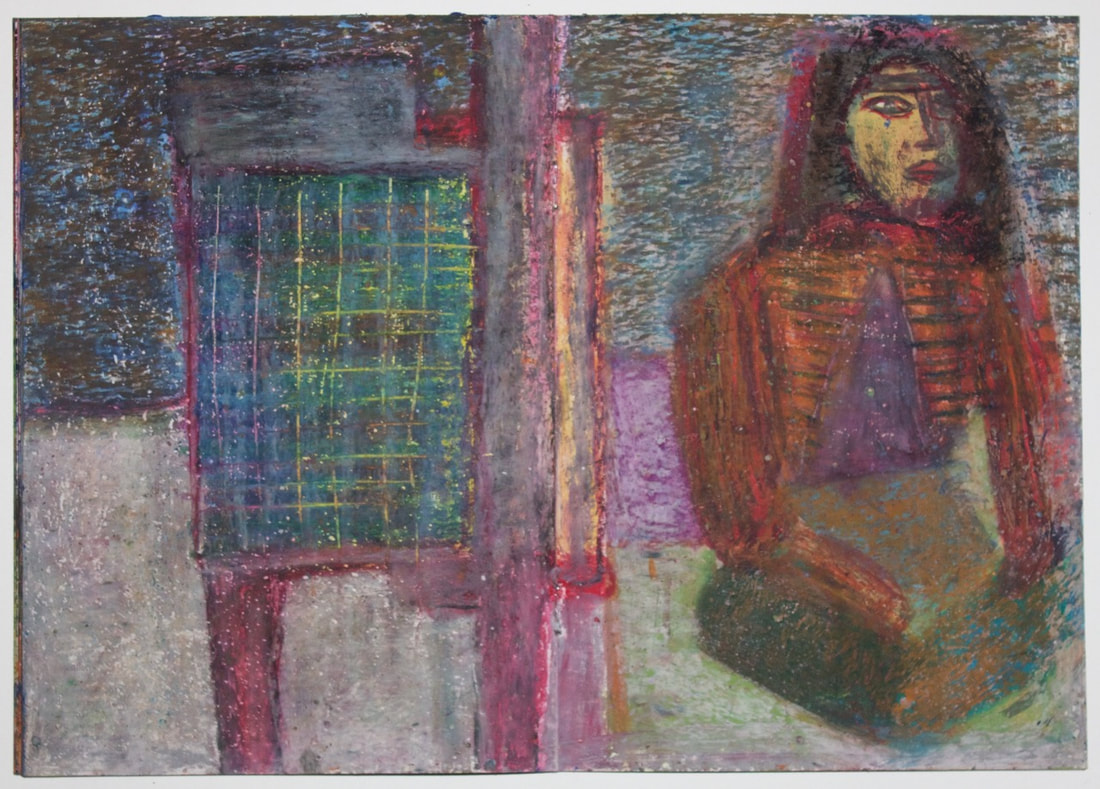
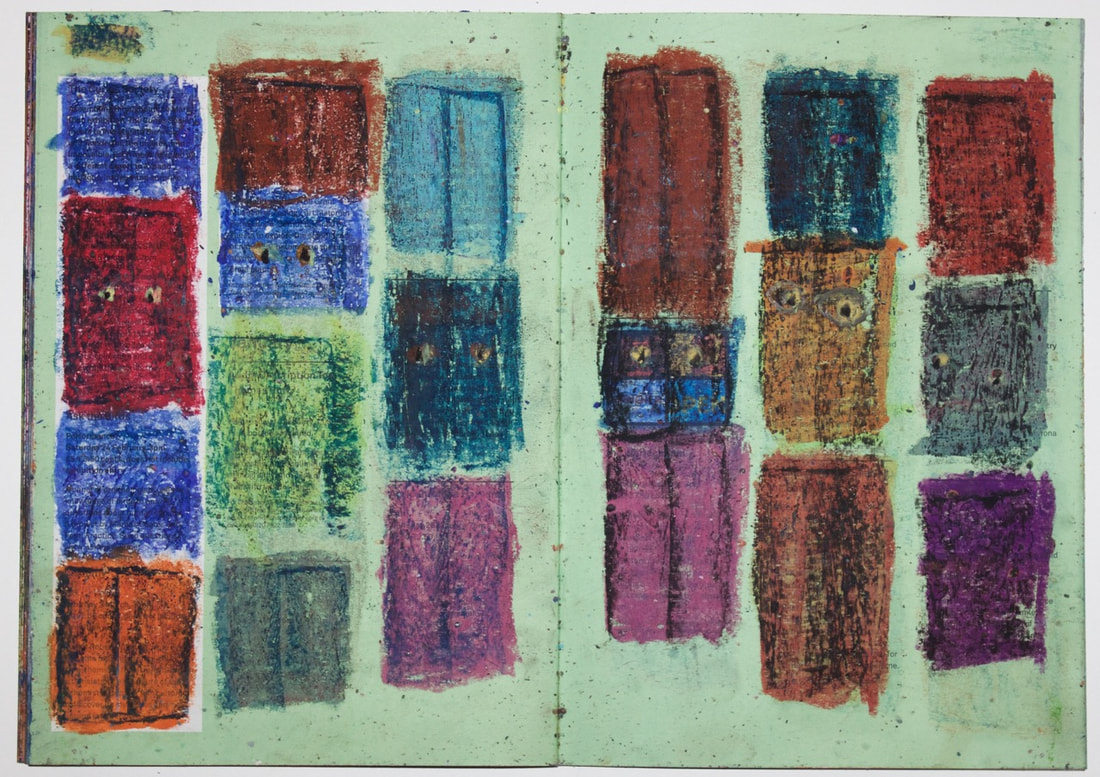
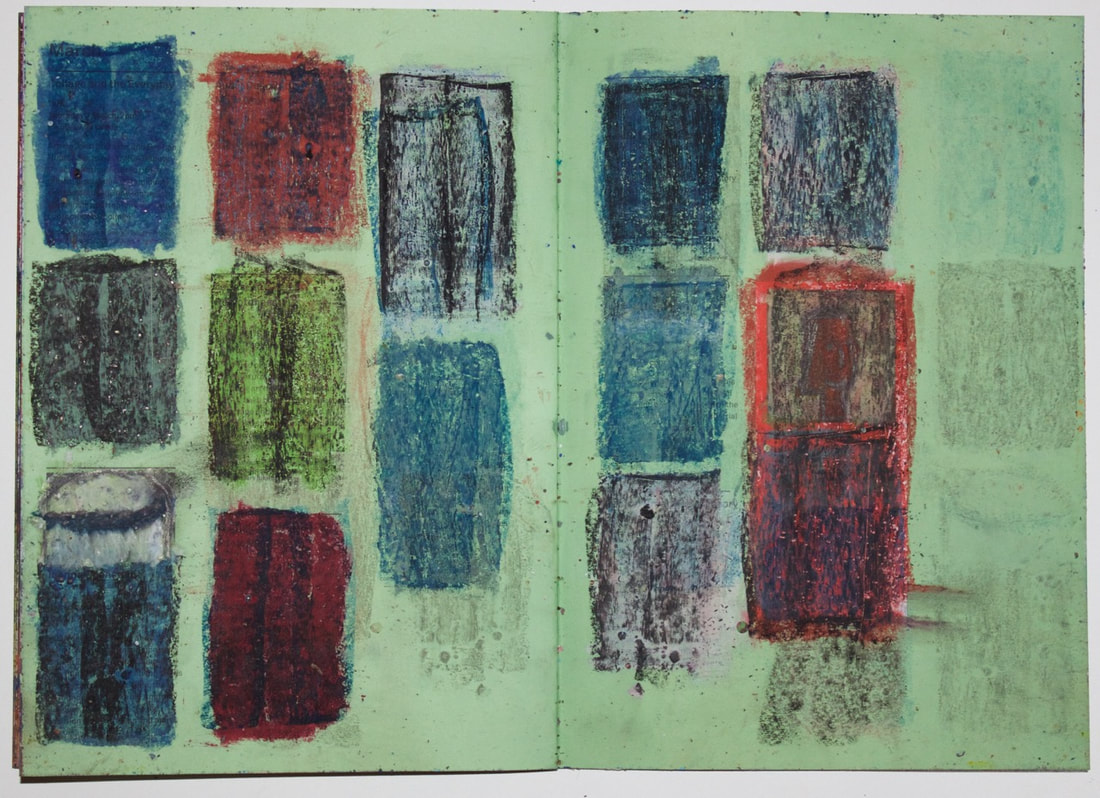
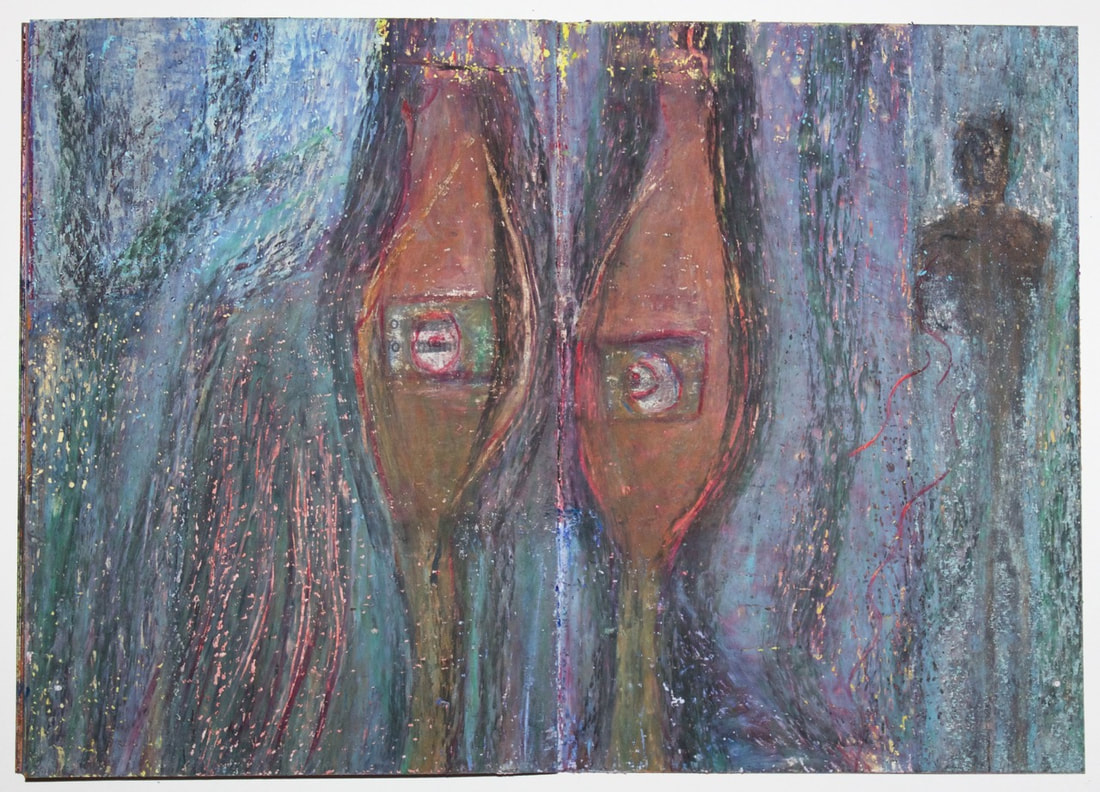
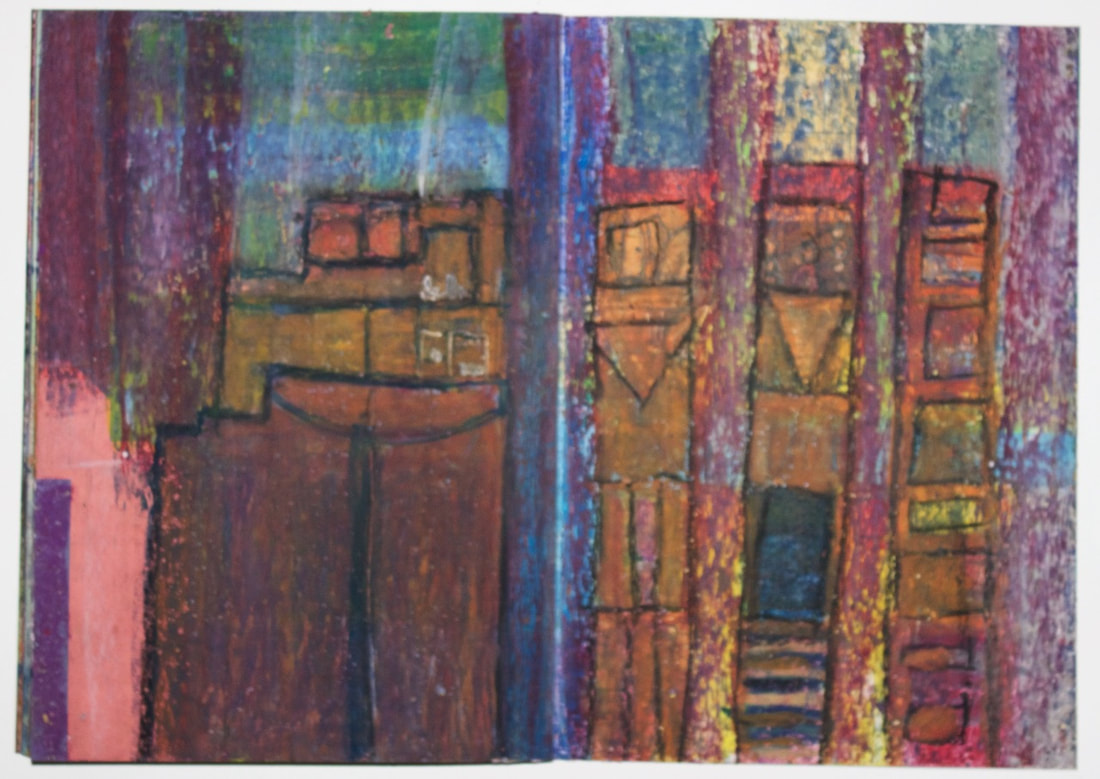
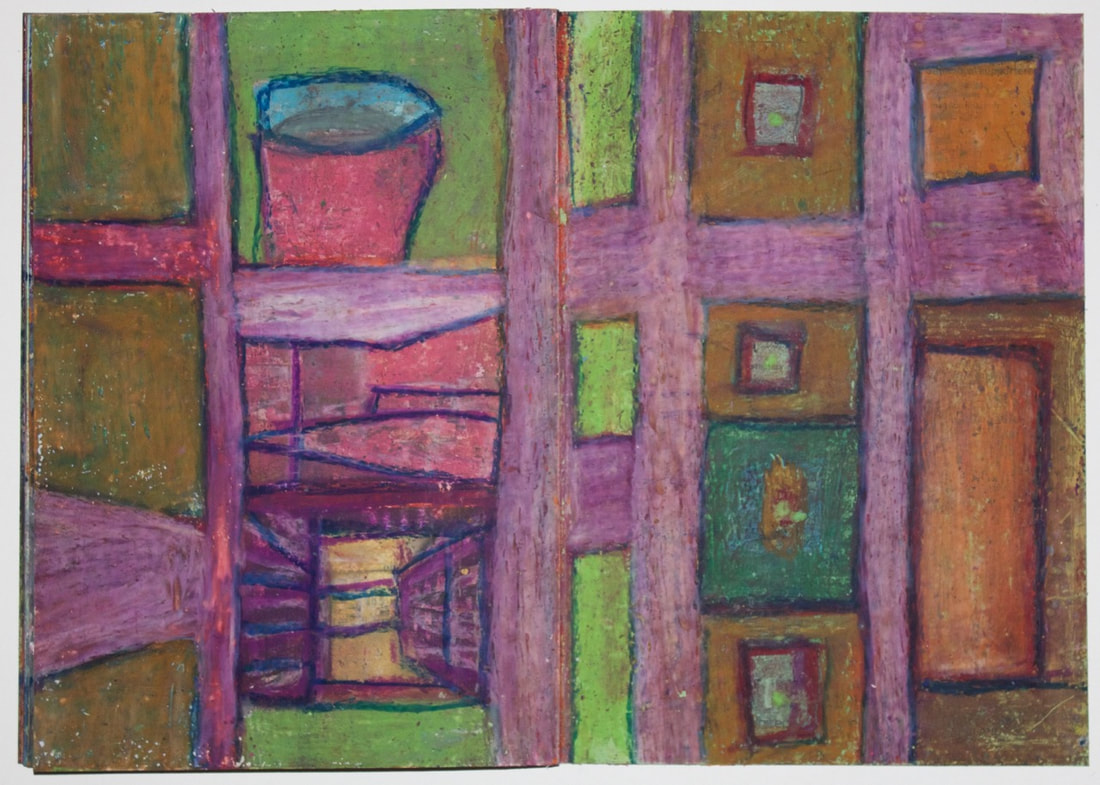
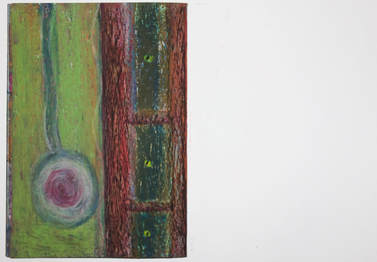
 RSS Feed
RSS Feed
